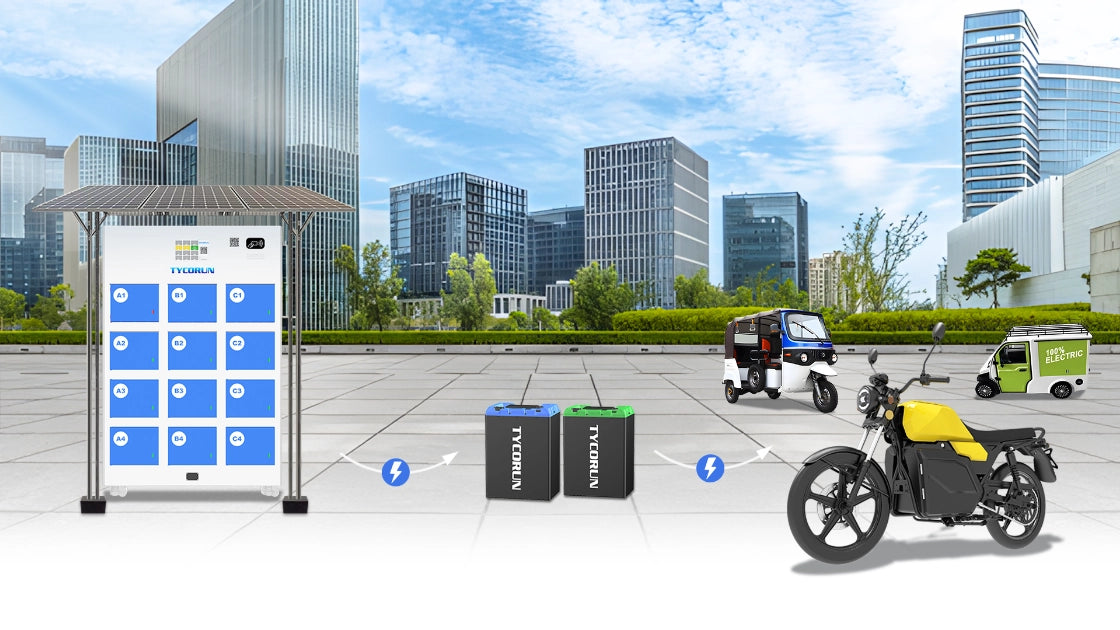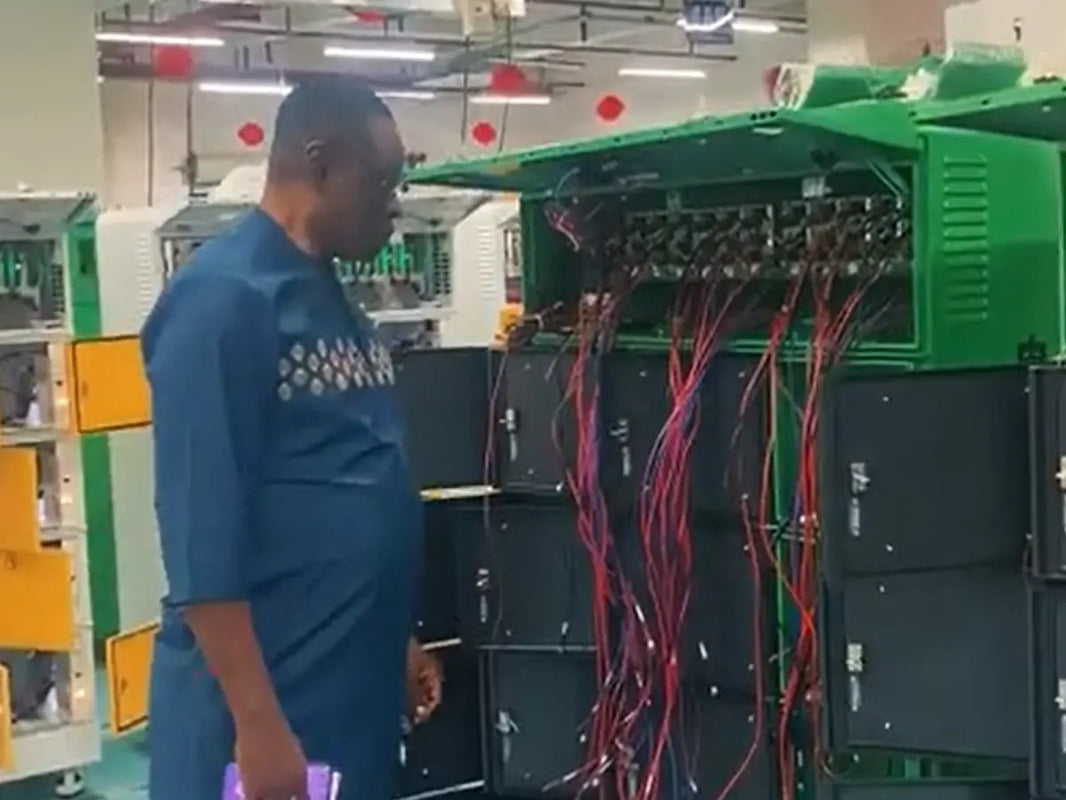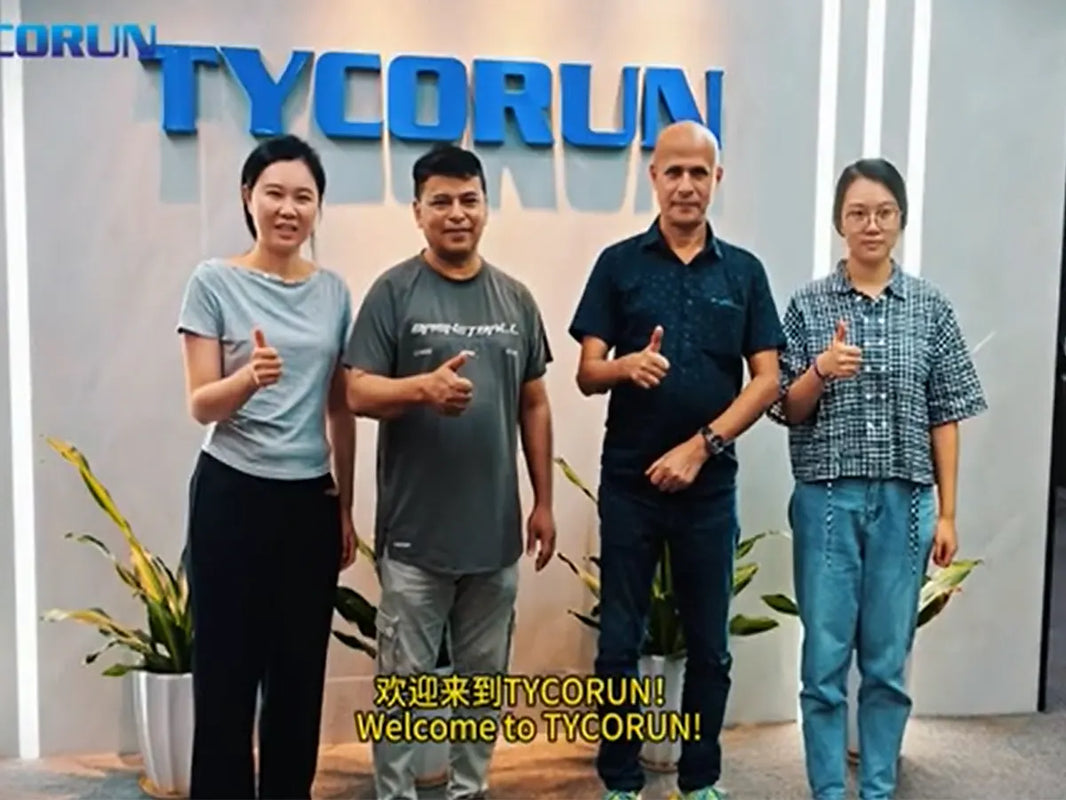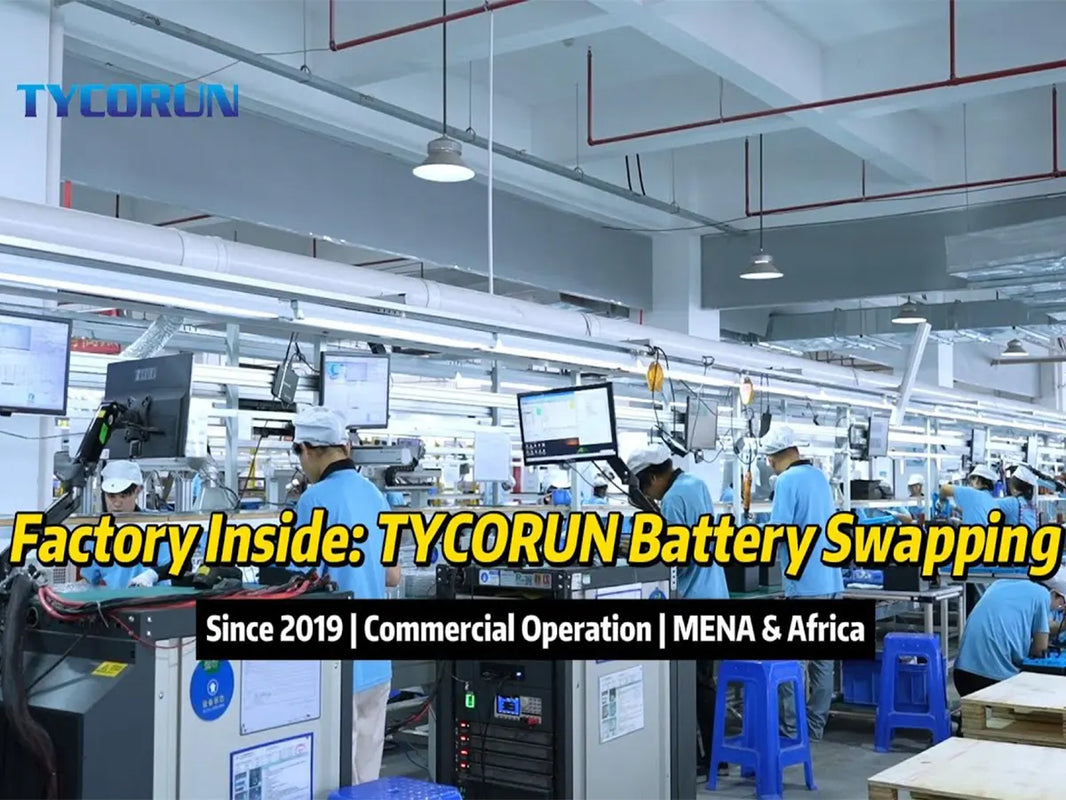
Main content:
As the world increasingly emphasizes renewable energy and photovoltaic technology continues to advance, micro inverter are gaining more attention as a key component in solar power generation systems. Compared to traditional inverters, micro inverter offer unique advantages and show great potential in specific application scenarios. This article will provide a detailed overview of the working principles, technical challenges, solutions, and market development trends of micro inverter.
Introduction to micro inverter
A micro-inverter is an electronic device used in solar power generation systems that converts the direct current (DC) generated by photovoltaic panels into alternating current (AC) for use by household or commercial grids. Traditional photovoltaic inverter typically combine all the DC power generated by the solar panels and use a single inverter to convert it into AC for grid integration.
In contrast, micro inverter perform the inversion process for each panel individually. This allows for independent Maximum Power Point Tracking (MPPT) control for each panel, significantly improving overall efficiency. Additionally, micro inverter can avoid issues associated with centralized inverters, such as high DC voltage, poor performance under low light conditions, and the "barrel effect."

Micro inverter, as a type of Module-Level Power Electronics (MLPE) device, are mainly used in low-power residential applications. In terms of power output, centralized inverters typically have a single-unit power capacity of over 3MW, offering high integration and lower overall costs, but with relatively lower control precision and potential power generation losses, making them suitable for large ground-mounted power stations.
String inverters, on the other hand, cover a power range from 3kW to over 300kW, with versatile applications in residential, commercial, and large-scale power station scenarios. The single-unit capacity of micro inverter generally ranges from a few hundred watts to 2-3kW, usually installed alongside photovoltaic panels, primarily used in low-power residential settings or commercial projects with special requirements.
You can check micro inverter vs string inverter for more information.
Technical challenges and corresponding solutions in developing micro inverter
High-efficiency energy conversion
Challenge: Achieving efficient energy conversion is the core goal of micro inverter. This requires minimizing losses during the process of converting DC power to AC power.
Solution: Advanced topologies such as LLC, full-bridge, flyback, and forward converters, combined with Power Factor Correction (PFC) technology, can significantly improve efficiency. The application of soft-switching technology can also effectively reduce switching losses.
Maximum Power Point Tracking (MPPT)
Challenge: The intensity and angle of sunlight change constantly with time, weather, and geographical location, causing fluctuations in the power output curve of photovoltaic panels. MPPT algorithms need to respond quickly to these changes to ensure operation at the maximum power point.
Solution: Developing precise and fast-responding MPPT algorithms using digital control technology for real-time tracking. Additionally, integrating AI and machine learning can further enhance the efficiency of tracking performance.
Thermal management and heat dissipation
Challenge: High-efficiency inverters generate significant heat, which, if not dissipated effectively, can lead to overheating and equipment failure.
Solution: Utilizing advanced thermal management techniques such as heat pipes, liquid cooling, and efficient heat sink designs. Material selection and structural optimization can also improve overall thermal performance.
Electromagnetic Compatibility (EMC) design
Challenge: Micro inverter generate electromagnetic interference (EMI) during operation, which can affect their own performance and that of surrounding equipment.
Solution: Optimizing circuit design, adding shielding, and implementing filtering measures can effectively reduce EMI. Precise PCB layout and grounding design are also critical.

Reliability and lifespan
Challenge: Inverters must operate reliably over long periods under various environmental conditions, which imposes high demands on their reliability and lifespan.
Solution: Using high-quality components, optimizing circuit design, and strengthening protective measures (e.g., overcurrent and overvoltage protection) can significantly enhance the reliability and lifespan of inverters.
Miniaturization and integration
Challenge: Micro inverter need to be as compact as possible for ease of installation and use, which requires higher levels of circuit integration and effective thermal management.
Solution: Adopting advanced semiconductor technologies such as SiC (silicon carbide) and GaN (gallium nitride) devices can significantly increase power density and efficiency. 3D packaging and modular design are also important for achieving miniaturization.
Communication and monitoring
Challenge: Inverters need to support real-time monitoring and communication functions for system management and maintenance.
Solution: Integrating wireless communication modules, such as 802.11n WiFi, ensures efficient data transmission and remote monitoring. Developing user-friendly interfaces and intelligent management systems can enhance the overall user experience.
Development trends in photovoltaic micro inverter
Although micro inverter have been developing in the photovoltaic industry for some time, their application is still relatively limited compared to centralized and string inverters due to cost and specific application scenarios. In 2023, micro inverter accounted for about 2.7% of the photovoltaic inverter market, with string inverters making up 69.6% and centralized inverters 27.7%.
In recent years, factors such as increased emphasis on solar power by various governments, policies encouraging the installation of residential rooftop PV systems, high electricity prices in Europe, labor shortages for installation, and growing demand for distributed installations, combined with greater consumer awareness of micro inverter, have driven rapid growth in the market penetration of micro inverter. It is expected that by 2025, the market share of micro inverter will increase to 14%.
From a regional perspective, North America accounts for about 70% of micro-inverter shipments, with Europe accounting for around 15-20%, and smaller shares in the Asia-Pacific and other regions. This indicates that micro inverter are not yet a globally widespread solution and still have strong regional characteristics.

Currently, the US-based Enphase holds the largest market share, with SolarEdge and Enphase together controlling around 90% of the US residential inverter market since 2020, according to WoodMackenzie. However, Enphase's dominance is mainly in the US, with less presence in Europe and significantly lower market share in Latin American countries compared to Chinese companies.
Check more Chinese micro inverter companies: top 5 microinverter manufacturers
Chinese micro-inverter companies such as Hoymiles, APsystems, and Deye primarily focus on markets in Europe, Latin America, and other regions. In 2023, nearly 70% of Hoymiles' micro-inverter revenue came from outside the US market, with APsystems also generating 80% of its revenue outside North America. Deye's primary markets include Brazil, South Africa, and parts of Europe (Poland, the UK, and Germany).
Micro inverter, one kind of PV inverter, with their strong safety features, improving cost-effectiveness, and easy maintenance, are gradually increasing their penetration in small-scale residential PV systems. While Enphase dominates the US market, Chinese companies like Hoymiles and APsystems are steadily making inroads, gaining customer recognition.
In Latin America, Europe, Africa, and the Asia-Pacific region, Chinese companies are expected to continue expanding their channels and increasing their market share, driven by their high cost-effectiveness.
Conclusion
Micro inverter, with their high efficiency, strong safety, and module-level control, have secured a place in solar power generation systems. Although their market share is currently smaller compared to centralized and string inverters, continuous technological advancements, cost reductions, and policy support are expected to drive sustained growth in the market penetration of micro inverter.
The best inverter recommended:
|
|
500w
|
1000w
|
2000w
|
3000w
|
|
Product image
|
||||
|
Price & Discount
|
$59.90(-14%)
|
$89.99(-36%)
|
$179.90(-28%)
|
$199.99(-33%)
|
|
Rated Input Voltage
|
12VDC
|
12VDC
|
12VDC
|
12VDC |
|
Continuous Power
|
500w
|
1000w
|
2000w
|
3000w |
|
Peak Power
|
1000w |
2000w |
4000w |
6000w |
|
More information |
Click to get the details |
Click to get the details |
Click to get the details |
Click to get the details |
If you want to know more information about Tycorun inverters, please check our 3000w inverter 12v, 2000w inverter 12v, 1000w pure sine wave inverter, 500 watt car inverter.
Related articles: best inverters for car, inverter buying guide, inverter maintenance





















